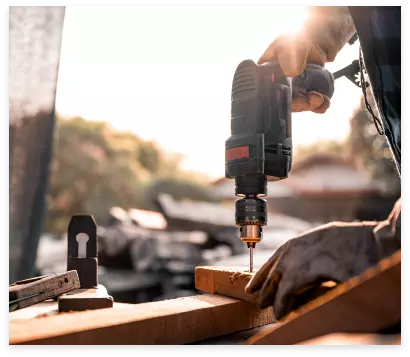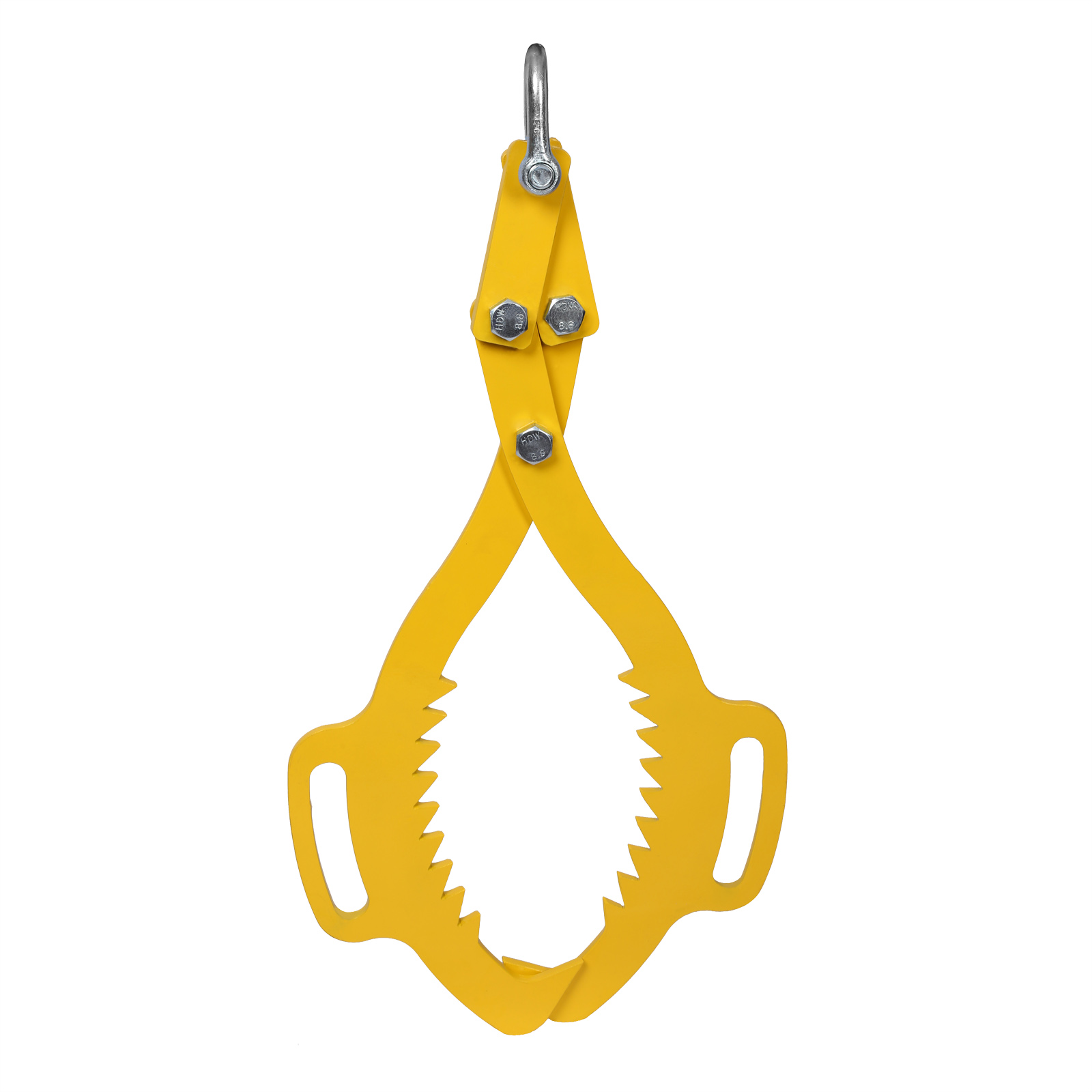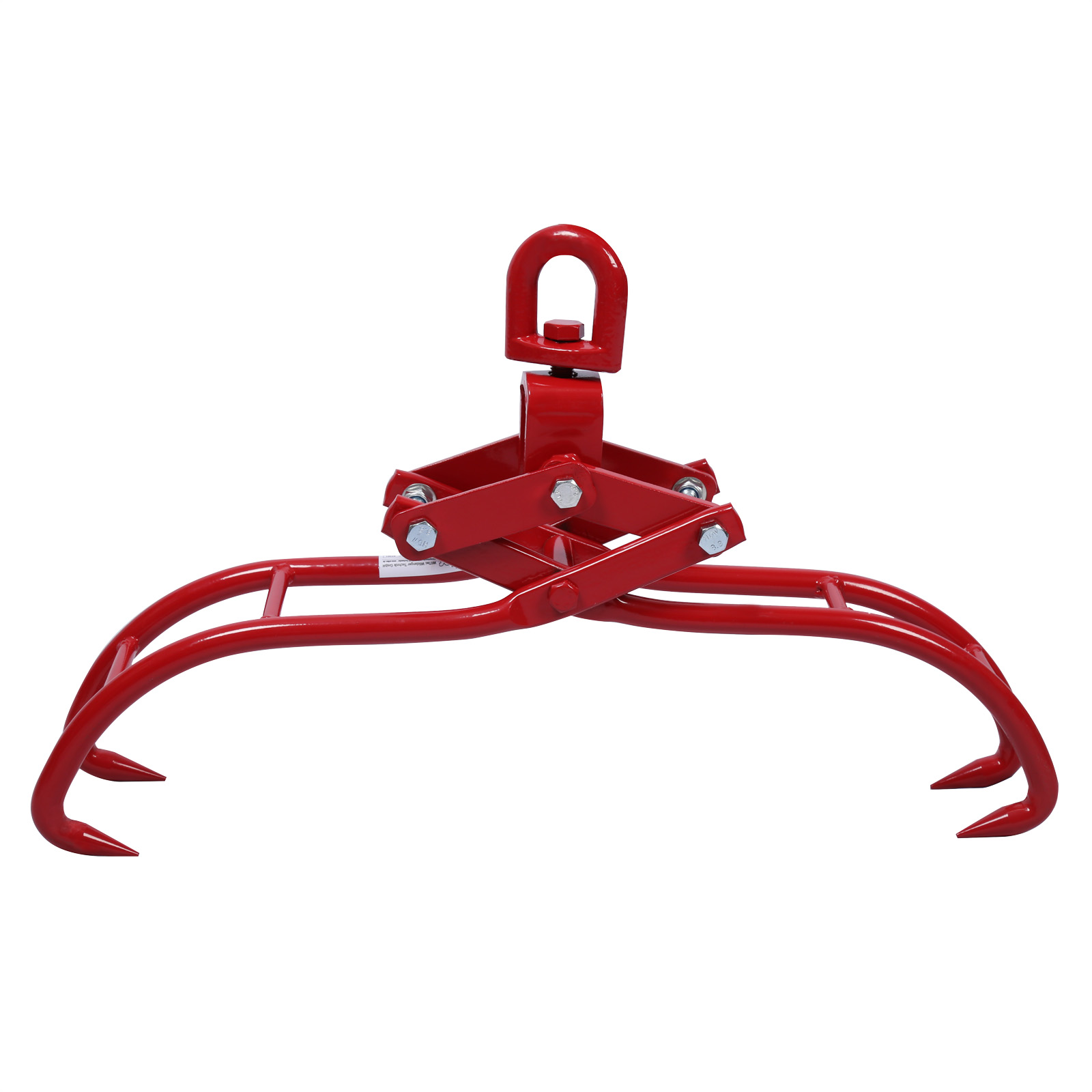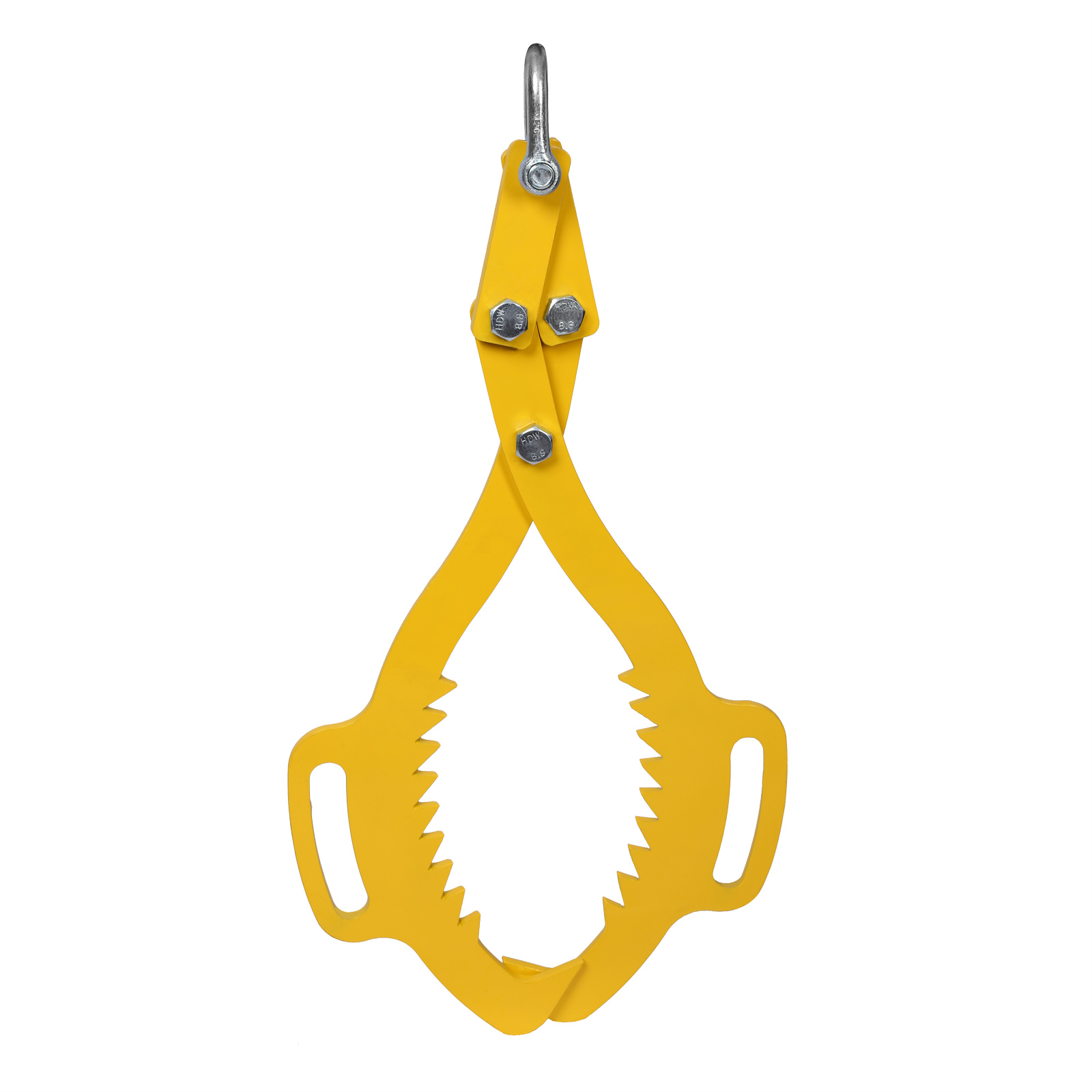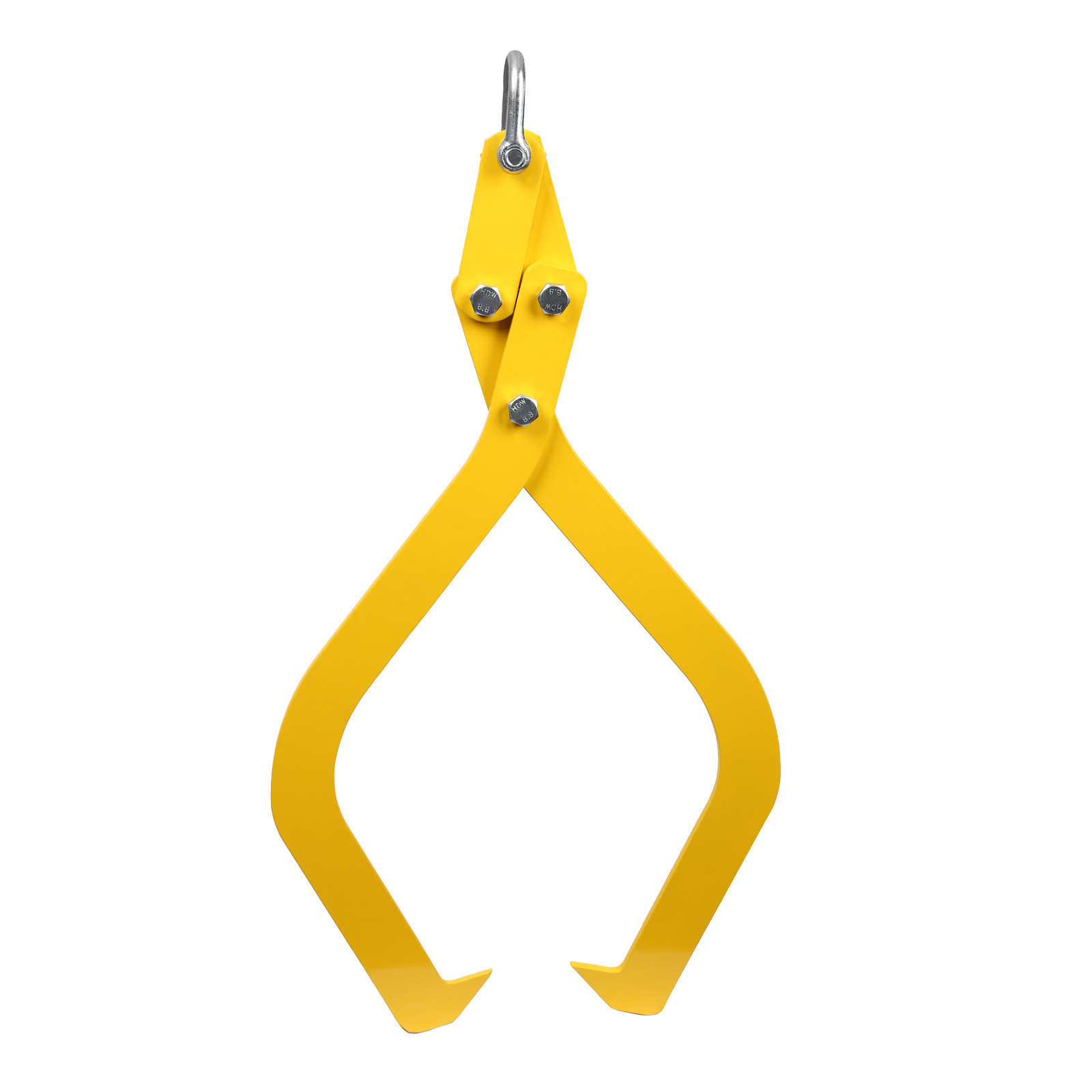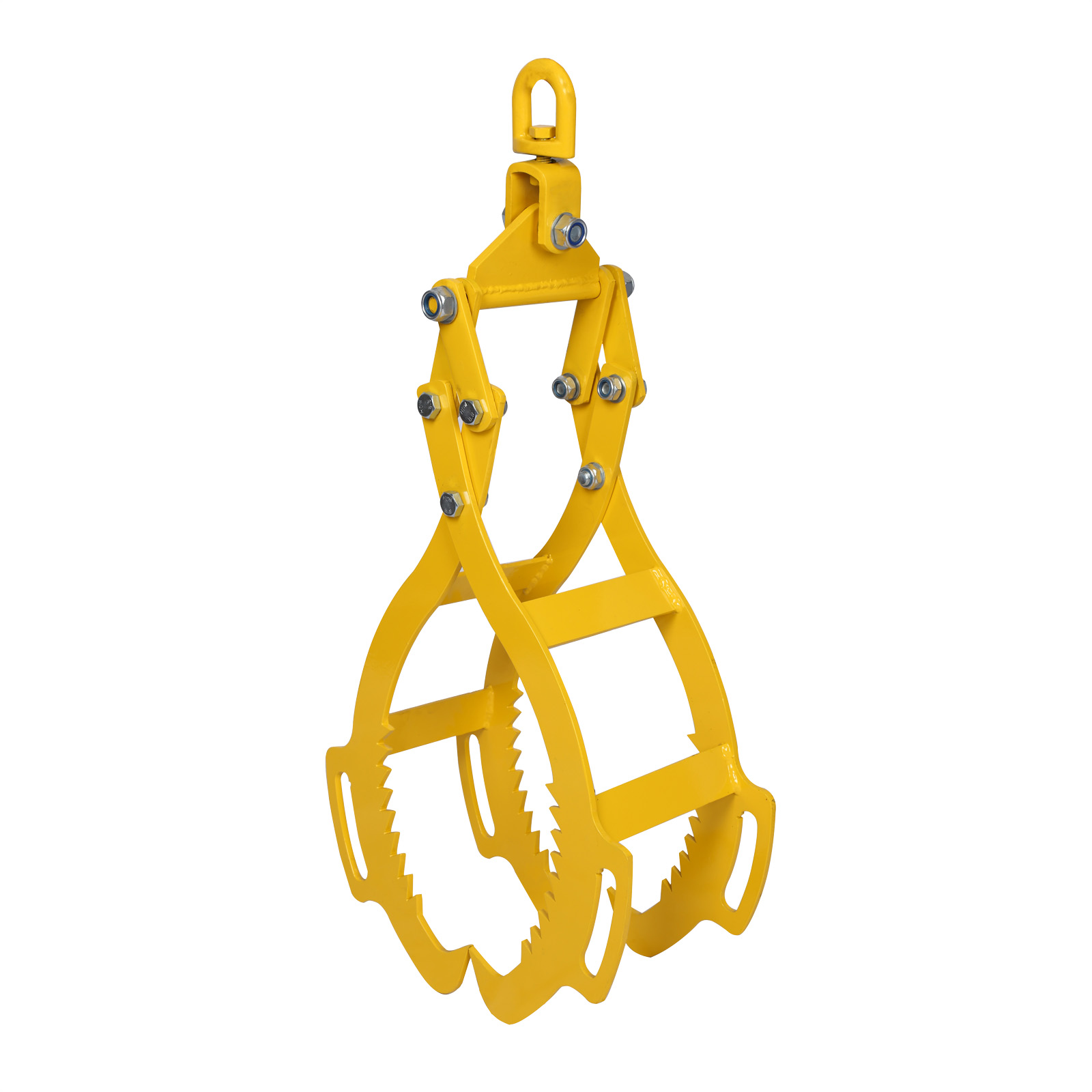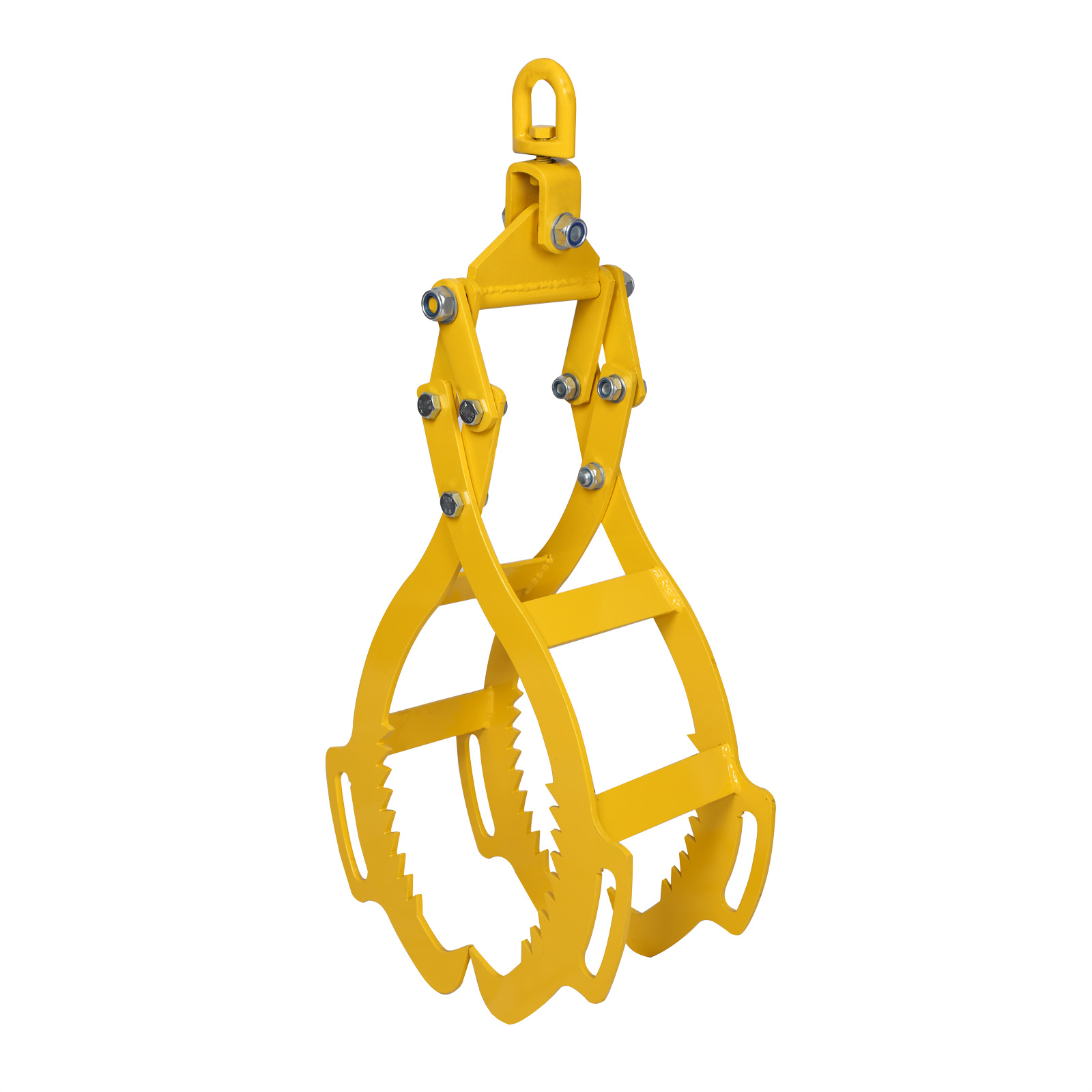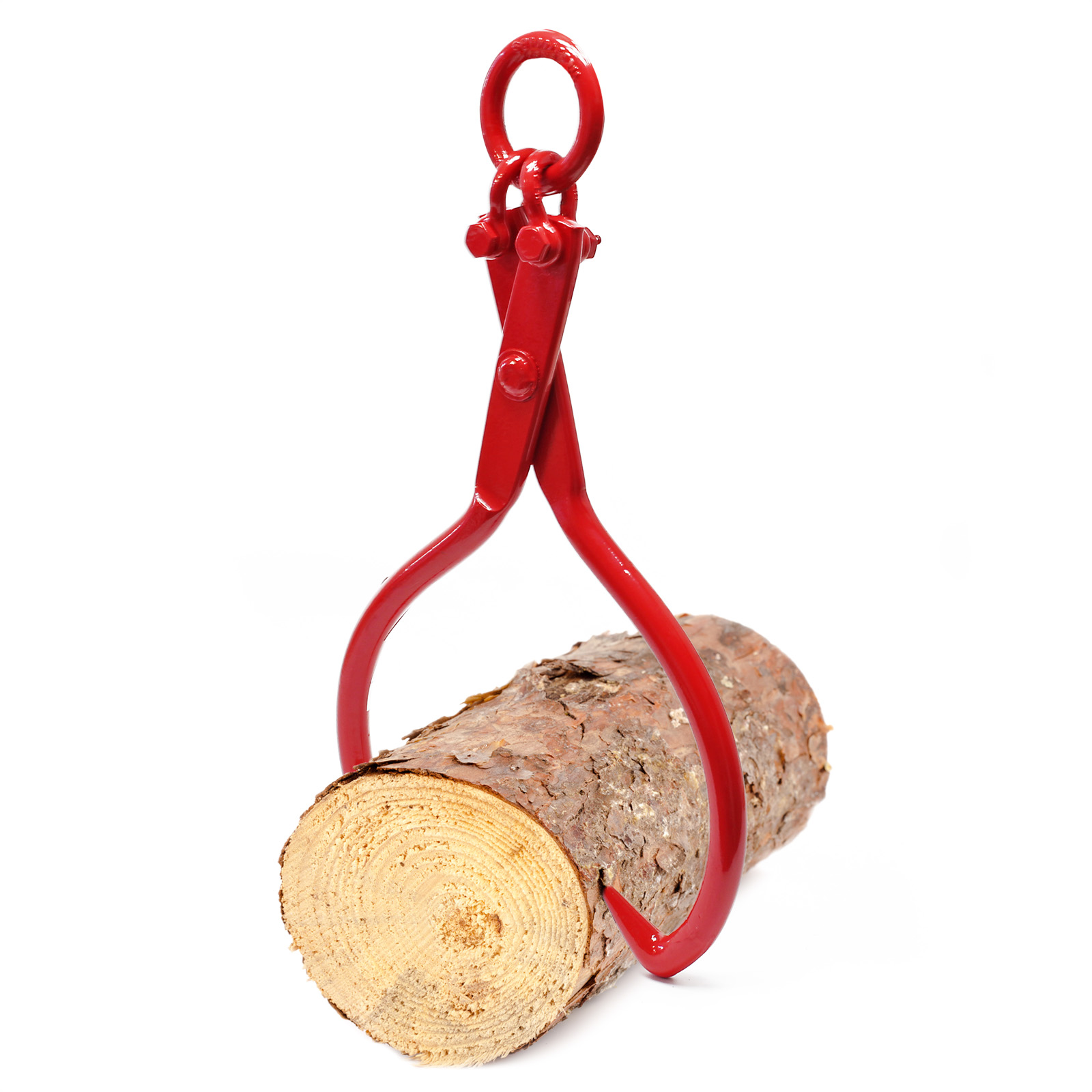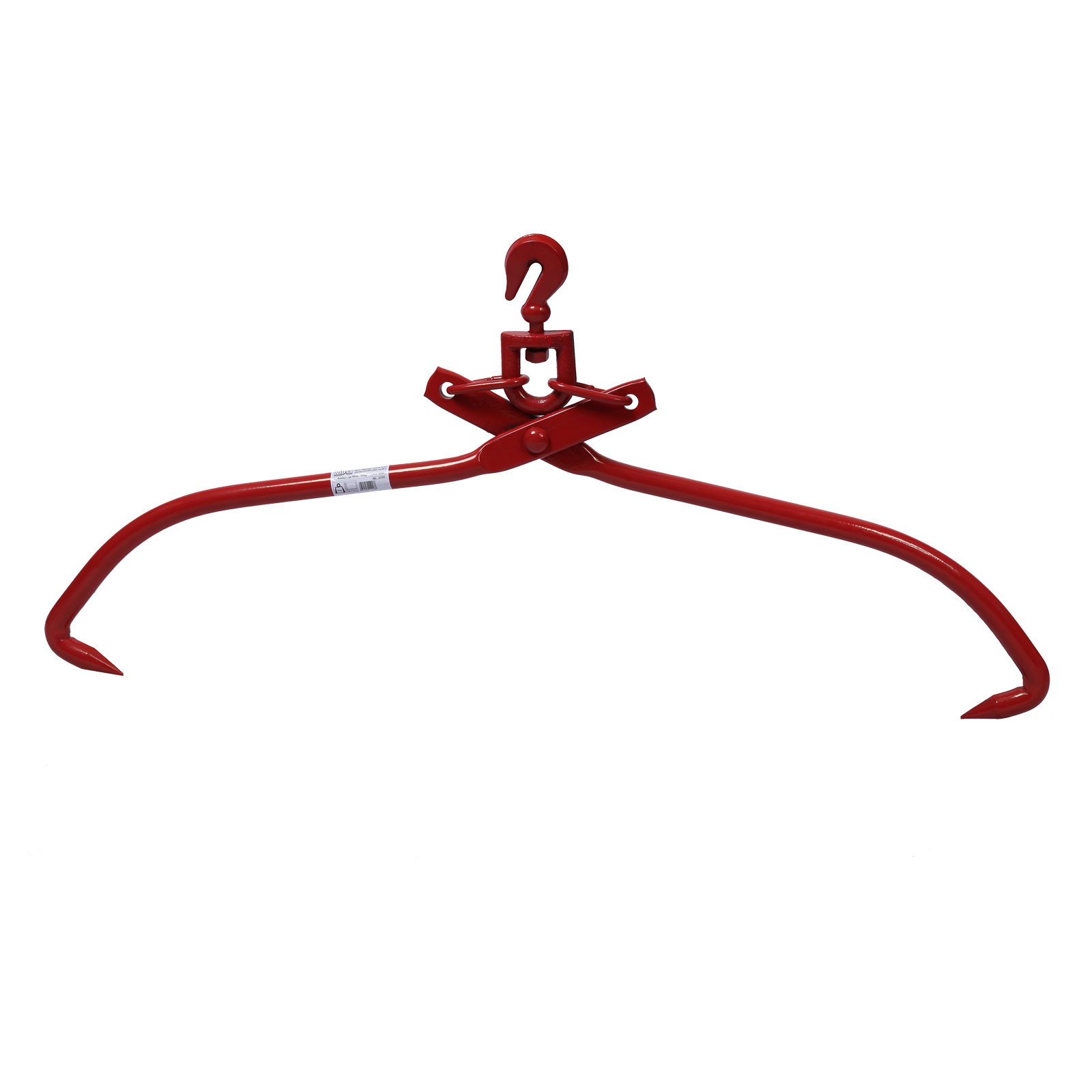Log Grapples / Lifting Tongs
Available, delivery time: 2 - 3 days
• Equipped with claws and hooks on each side
• Jaw opening for logs of up to ø 760 mm
• Lifts wood of up to 1500 kg
• Sturdy construction
Available, delivery time: 2 - 3 days
• Equipped with 4 claws
• For logs with a diameter of up to ø 131 cm
• Max. loading capacity: 1500 kg
• Sturdy steel construction
Available, delivery time: 2 - 3 days
• For log wood of up to ø 620 mm
• Suitable for up to 1000 kg
• Sturdy construction
• With small hooks for secure grip
Available, delivery time: 2 - 3 days
• Claws with small hooks for secure grip
• Jaw opening for logs of up to 720 mm
• Lifts wood of up to 1500 kg
• Sturdy construction
Available, delivery time: 2 - 3 days
• Equipped with claws on each side
• Jaw opening for logs of up to 700 mm
• Lifts wood of up to 500 kg
• Sturdy construction
Available, delivery time: 2 - 3 days
• Jaw opening for logs of up to 600 mm
• Lifts wood of up to 800 kg
• Claws with small hooks for secure grip
• Sturdy construction
Available, delivery time: 2 - 3 days
• Equipped with claws and hooks on each side
• Jaw opening for logs of up to 520 mm
• Lifts wood of up to 500 kg
• Sturdy construction
Available, delivery time: 2 - 3 days
• Made of high-quality steel
• Weatherproof powder coating
• Self-tensioning
• Secure grip
Available, delivery time: 2 - 3 days
• Jaw opening approx. 850 mm
• Material thickness 60 x 8 + M16 8.8 screws
• Shackles with max. 1500 kg load capacity
Available, delivery time: 2 - 3 days
• Jaw opening for logs of up to 620 mm
• Lifts wood of up to 1200 kg
• Sturdy construction
Available, delivery time: 2 - 3 days
• Made of high-quality steel
• Weatherproof powder coating
• Self-tensioning
• Secure grip
Available, delivery time: 2 - 3 days
• Log grapple with 2 sharp hooks for secure hold
• For round timber with a max. width of 508 mm
• Ideal for dragging roundwood of up to 1000 kg
• Sturdy powder-coated steel for versatile use
Currently not available
• Equipped with 2 claws
• Jaw opening for logs of up to 520 mm
• Lifts wood of up to 500 kg
• Sturdy construction
Available, delivery time: 2 - 3 days
• Equipped with 4 claws
• Max. jaw opening of 930 mm grabs logs up to 930 mm
• Max. loading capacity: 1000 kg
• Sturdy steel construction
Available, delivery time: 2 - 3 days
• Equipped with 2 claws
• For logs with a diameter of up to ø 81cm
• Max. loading capacity: 700 kg
• Sturdy construction with secure grip
Available, delivery time: 2 - 3 days
• Equipped with 2 claws
• For logs with a diameter of up to ø 62 cm
• Max. loading capacity: 450 kg
• Sturdy construction with secrube grip


